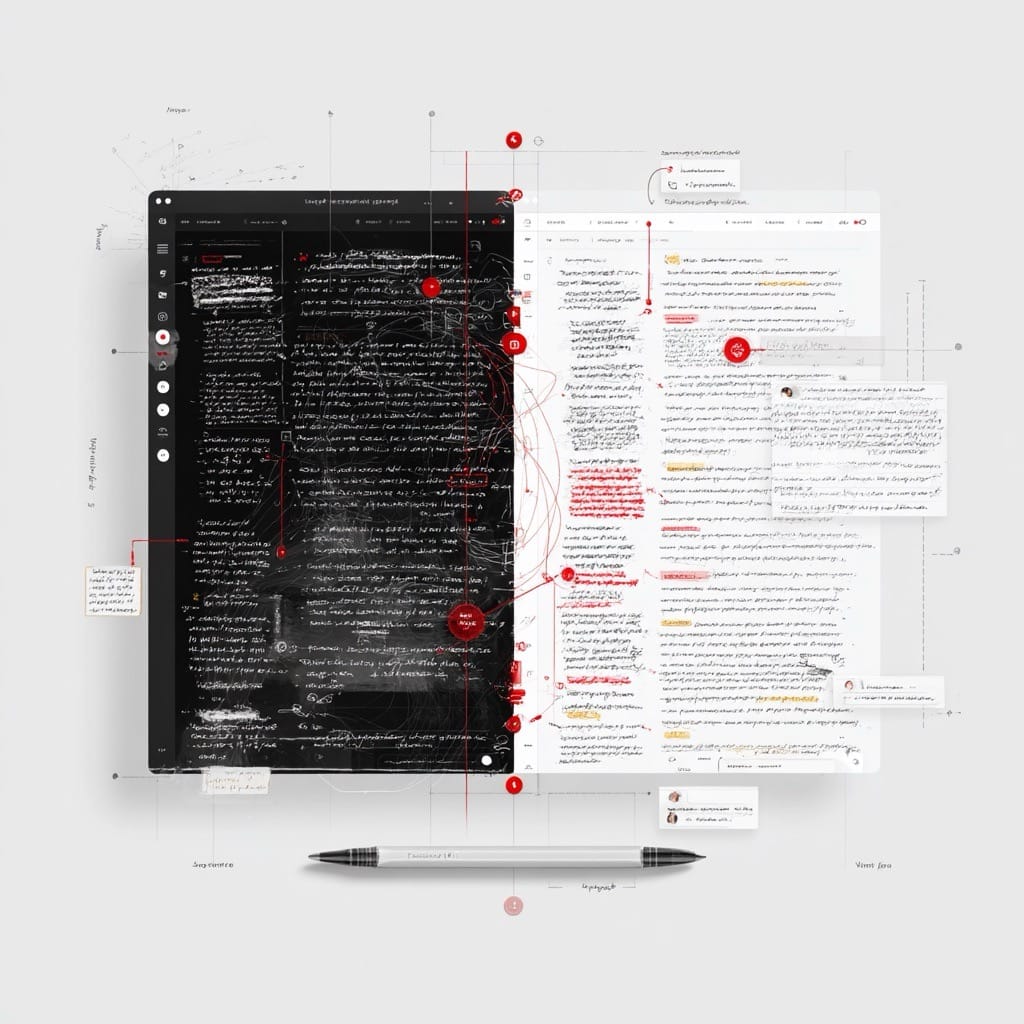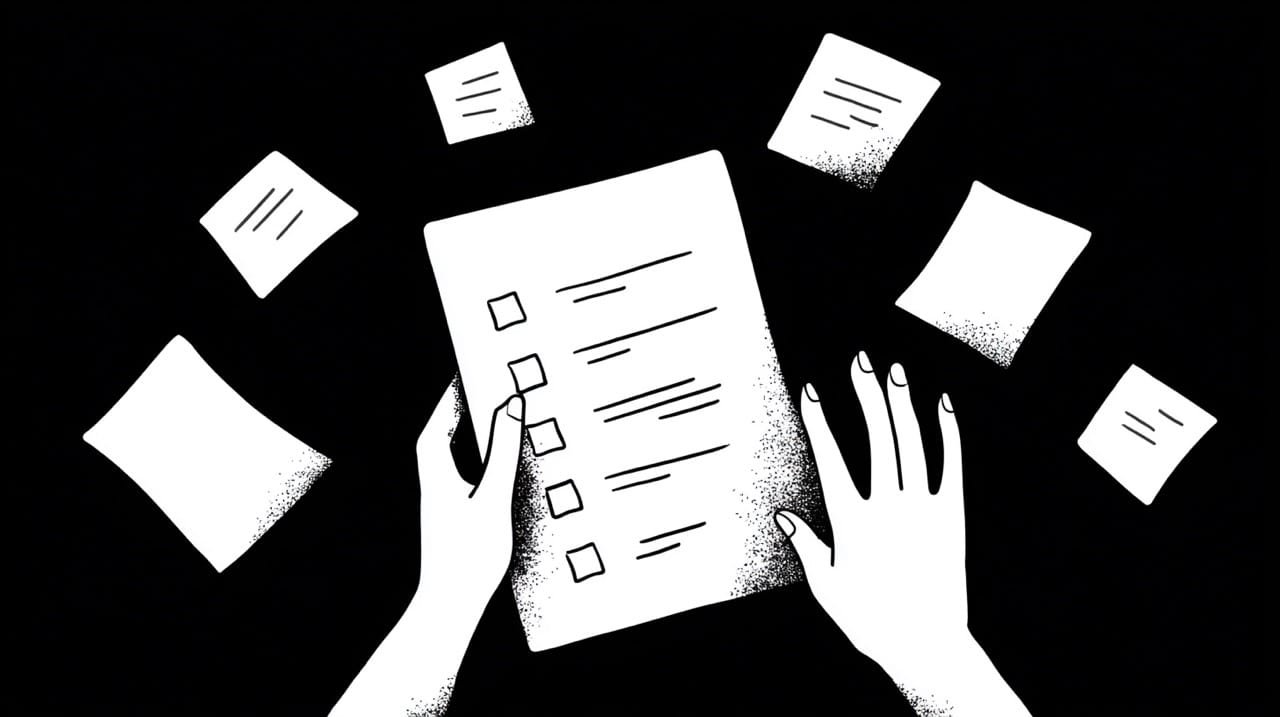After designing and managing localization workflows for companies scaling, I’ve seen first-hand how poor review processes can create unnecessary delays and frustrate everyone involved.
Many organizations treat translation review as an afterthought, adding it to their workflow without really a clear structure or even defined roles. This creates confusion, delays, and can make translations worse rather than better. The solution is simple though: take a systematic approach that serves both your quality control needs and practical business constraints.
Why Most Translation Review Processes Fall Apart
A big problem I encounter is that of role confusion. Businesses often expect reviewers to completely rewrite translations, while translators feel their work is being arbitrarily changed without linguistic justification. This tension wastes time and degrades translation quality.
Another common issue is timing. Companies might request a translation review without factoring adequate turnaround into their project schedules. Rushed review leads to superficial feedback that misses real quality issues while creating unnecessary back-and-forth on minor preferences.
I’ve also seen organizations skip the reviewer briefing process entirely! Without context about target audience, brand voice, or specific terminology requirements, even experienced reviewers might provide feedback that contradicts project goals.
Setting Up Your Translation Review Workflow
Start by defining clear reviewer responsibilities versus translator duties. Reviewers should focus on accuracy, cultural appropriateness, and alignment with brand guidelines. Translators handle linguistic fluency, grammar, and technical terminology consistency.
Choose your reviewer type based on content needs. In-country reviewers excel at cultural nuance and local market knowledge, but may lack subject matter expertise. Linguistic quality assurance (LQA) specialists understand translation methodology, but might miss market-specific preferences. For technical content, bilingual subject matter experts often provide the most valuable feedback.
Integrate review steps into your CAT tools workflow rather than treating it as a separate process. Modern translation platforms allow reviewers to see source text, translation memories, and glossary entries while making suggestions. This context prevents many common review conflicts and maintains consistency across translation projects.
The Three-Stage Review Process That Actually Works
Stage one happens before any external review begins. Translators should perform self-review using spell check, terminology verification against the glossary, and consistency checks within the translated content. This catches basic errors that waste reviewing time and it simply maintains professional standards.
Stage two involves LQA by someone other than the original translator. The LQA reviewer examines accuracy against source text, target language conventions, and style guide adherence. They also verify that key terms match approved terminology and flag any content requiring cultural adaptation.
Stage three addresses client review and stakeholder approval, focusing on business requirements rather than linguistic details. Stakeholders should evaluate whether the translation serves its intended purpose and communicates the brand effectively to the target audience.
Each stage serves a different quality control function. Combining them into one review step would create confusion and doing so often results in important issues getting overlooked while trivial preferences get excessive attention.
Review and Proofreading Guidelines for Better Results

Effective reviewers differentiate between errors and preferences. Actual errors include mistranslations, terminology inconsistencies, and violations of target language grammar rules. Preferences involve style choices, word selection, and phrasing variations that don’t affect meaning or accuracy.
If you offer LQA yourself, focus your review comments on actionable feedback. Instead of marking text as “awkward,” explain why specific phrasing doesn’t work for the target audience or why it conflicts with your client’s established brand voice. Reference materials like a style guide or previous translations help justify suggestions and build translator understanding.
Manage translation memories strategically during review, too. Approved changes should update the TM to maintain consistency across future projects. However, minor stylistic preferences that don’t improve quality shouldn’t overwrite existing translation memory entries, as this can create confusion for subsequent translation work.
Finally, harness your project manager as a communication bridge when review conflicts arise. It’s their job to clarify project requirements, explain the business context, and mediate between different stakeholder preferences to keep projects moving forward.
Common Translation Review Mistakes to Avoid
Keep in mind that over-editing can destroy translation flow and it often introduces new errors while fixing non-problems. I’ve seen reviewers change perfectly accurate translations simply because they would phrase something differently. This only leads to inconsistency and it confuses translators about actual requirements.
Inconsistent feedback loops create project delays and frustration. Establish clear review deadlines and stick to them. Late feedback forces translators to context-switch back to completed work and can conflict with other project commitments.
Poor turnaround time management affects translation quality. Review steps need realistic time allocation based on content volume and complexity. Rushing through the review process doesn’t save time when it results in additional revision cycles or quality issues discovered after delivery!
The most successful translation review workflows balance quality control with practical constraints. They provide clear guidelines for all participants, maintain focus on actual quality issues rather than personal preferences, and integrate smoothly with overall localization processes.
When review adds genuine value to the translation process, it strengthens working relationships between clients and service providers while effecting the highest quality results for your target audience.
